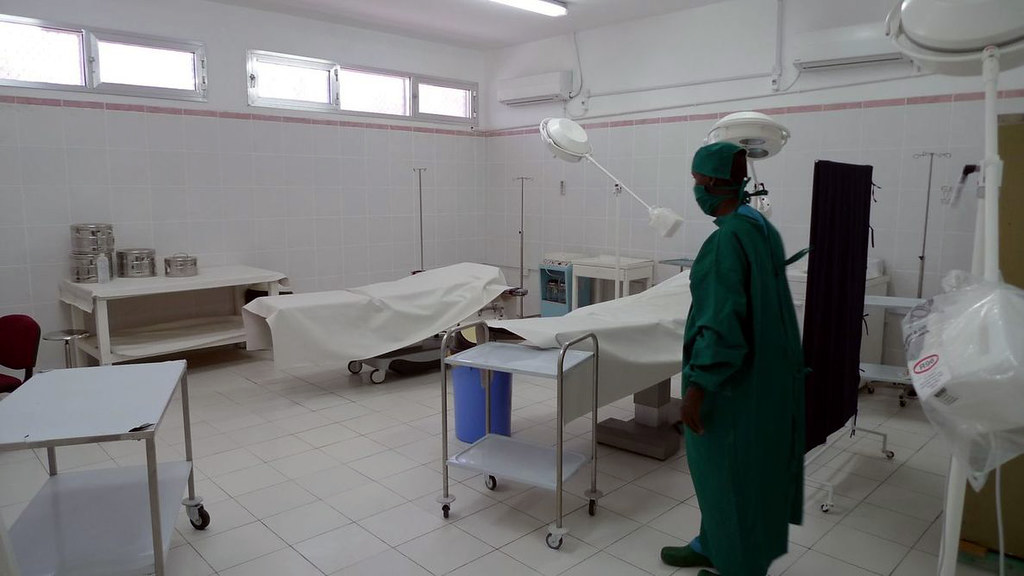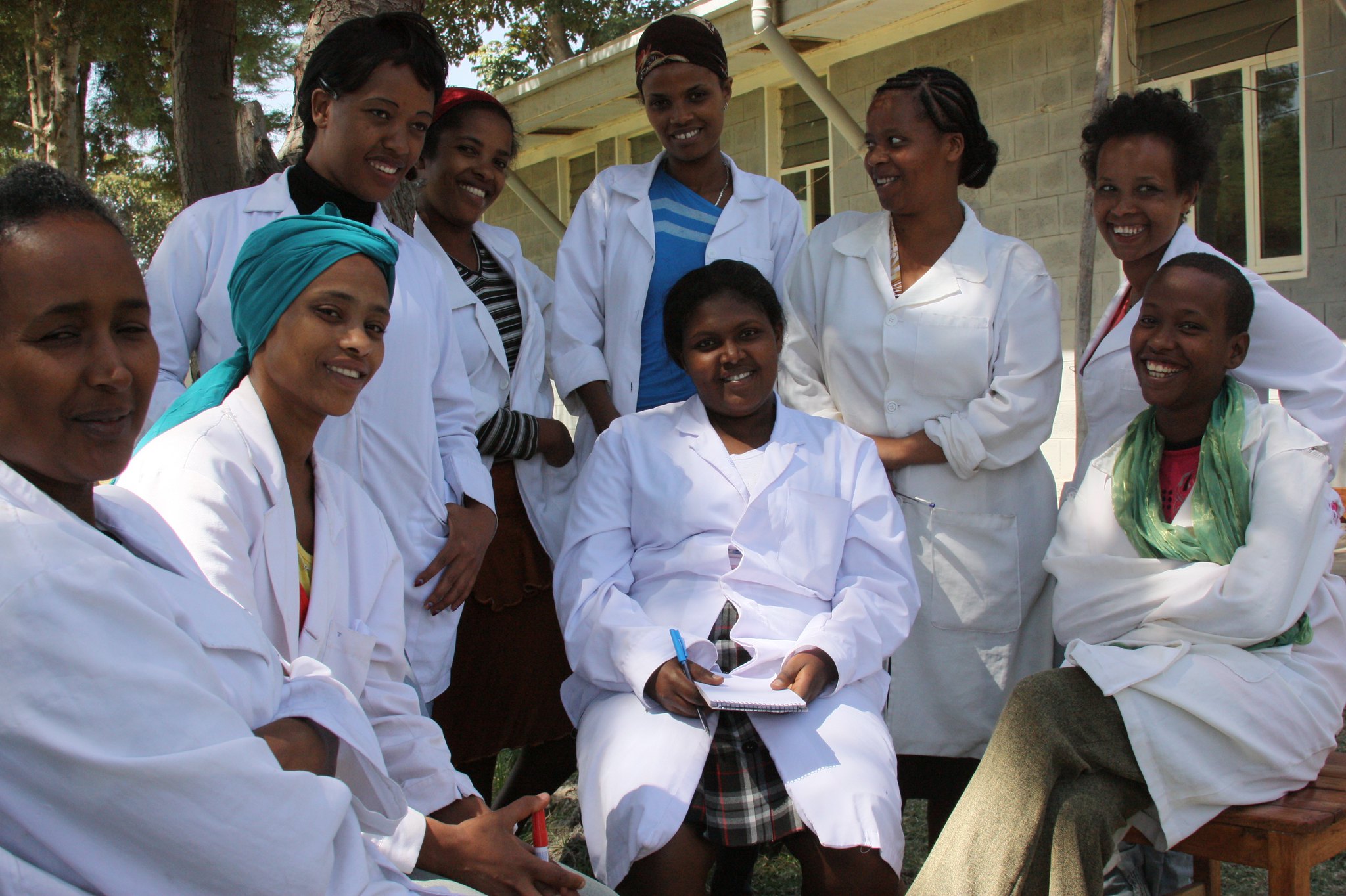Recommended
The World Health Organization’s (WHO) health accounts team launched its much-awaited annual Global Health Expenditure Report on December 8, 2022. The report is a major effort of not only the WHO team, but also of the countries that submitted their valuable data. This blog summarizes a few of my reflections on the report, building on what I shared during the WHO’s panel event marking its launch—including the importance of addressing inequalities, the role of tracking health spending as part of surveillance, and the challenges of data gaps.
The report has many ‘data bites’ to munch on and digest. Governments managed to spend more on health in 2020, and there was less out-of-pocket spending. Although most health systems are medically oriented on treatment rather than prevention, in 2020, growth in prevention spending was notable. As country income rises, spending on prevention as a share of all spending appears to decline. Importantly, there was considerable variation across countries in how they spend funds to address COVID-19. There was no clear pattern, indicating idiosyncratic and customized country approaches to tackle COVID-19. The numbers prompt questions for us to explore the “why” behind the patterns.
Tout moun se moun (Every person is a person): We need a shared vision to address inequalities in health financing
Amidst a polycrisis—with a looming recession and major debt challenges—the atmosphere around health financing is pessimistic. Calls for efficiency, better allocation of resources, and more value for money are the default in shared health economics circles. Economics, the dismal science, is ever concerned with scarcities and budget constraints.
But there is an ever-present paradox about health inequalities—including in health financing—between rich and poor countries. It is a fact of inconvenience for some, but of injustice for others. When it comes to our own health individually, we go to extreme lengths, but when it comes to others’, including those in lower-income countries, we manage to shrug it off. To quote the late global health leader, Paul Farmer:
“This is something I’ve been struggling with since I was a student: socialization for scarcity. But scarcity for ourselves? No. Scarcity for our mom? No. For our own kids? No. We’re socialized for scarcity for other people, and they’re usually black or brown or poor. So then we start cutting corners.”
Farmer adopted the Haitian creole idiom “Tout moun se moun” (“Every person is a person”), and he refused any justification to lower expectations or to merely accept, let alone dismiss, these inequalities.
It turns out that the cost of preparing for a pandemic and improving health for all is quite cheap. It is cheap by many measures, including compared to total available resources for health, including what we in high-income countries have at our disposal to spend on ourselves, as well as in absolute unit costs. To paraphrase Dr Viroj Tangcharoensathien, global health leader and my co-panelist from Thailand’s Ministry of Public Health, health financing should closely track to the epidemic situation including recognition of the unit costs, such as the Moderna and Pfizer vaccine at $20 a dose.
While it’s hard to imagine vaccines as an unaffordable luxury, in many parts of the world they still are. Many countries hardly have $20 per person in total health spending (for everything in health, not just COVID-19 or vaccines), yet we in high-income countries spend thousands of dollars per person per year. Similarly, while the world struggles to even find one billion dollars for the new Pandemic Fund, mRNA pharmaceutical companies have generated an estimated total sales of $124 billion in 2022, with unprecedented profits.
While big pharma enjoys lavish profits, global health remains an orphan, pecking after whatever residuals are discarded. It should not be the case that commenting on these differentials makes us somehow biased. On the contrary, I would argue that we are biased if we do not talk at all about these inequalities. We should talk about it. But we’ve somehow become desensitized, perhaps dismissing challenges as too impossible to fix. This WHO report should help to re-sensitize us and build a shared vision for addressing the health of the world. We have to remain curious, and we need to build momentum and courageous public service leadership to solve these intractable problems—an approach that truly sees every person as a person.
Tracking health spending is a key part of epidemic surveillance
As expected, the report and the accompanying database reveal information about the resources that countries used to pay for key health services and how much. The report and the database have many uses. For example, the data enables the tracking of health spending (which tends to rise), as well as the government share and out-of-pocket share (the former should increase and the latter decrease as countries move towards Universal Health Coverage). The data can reveal information about the composition of spending in the health system (including how much is spent on treatment versus prevention).
As a health economist working in global health policy, I am a regular user of this report and its underlying data in the Global Health Expenditure Database. The database was essential for my work with Bill Savedoff on the Health Financing Transition, a framework which has been used by organizations such as the World Bank to help monitor a country’s health financing situation and assess whether a country is moving towards universal health coverage. The report and its database undeniably provide crucial information and knowledge that benefits all citizens of the world.
But it is worth playing the devil’s advocate to ask whether the database is truly a global public good. Or more pointedly, what is the value of knowing what services other countries are spending on? For example, what is the value to the United States to know how much another country is spending on, say, COVID-19? But to many in the global health policy world, it is a truism that what other countries do for COVID matters for how well the world mitigates it as a whole; the world is not safe until every place is safe, et cetera, et cetera.
Despite the obvious value and consensus that it is imperative to know in a pandemic what countries are doing in terms of interventions, how they are building their pandemic capacity, and what they are spending on, it is not apparent that the world is tracking these activities in a systematic manner, as I wrote in a recent blog.
I would further argue that tracking policies, interventions, and even changes in capacities (hint: pandemic core capacities a la International Health Regulations) are activities that should be tracked jointly when tracking spending, which is the remit of the National Health Accounts. Put differently, collecting, tracking, and monitoring information about activities and spending in the system, including related to COVID-19, should be tracked strategically, systematically, and jointly. Tracking spending, I would argue, is a form of ‘surveillance’—on top of the traditional infectious disease surveillance on how many cases as well as the hospitalizations, ICU use, and deaths which became standard in the pandemic.
We need to move away from siloed approaches to tracking spending and activities. Jointly looking at spending and activities also has subsidiary benefits such as improved evaluation of programs, as argued by my colleagues in their recent report on Reinvigorating Impact Evaluation for Global Development.
Data gaps reveal the need to strengthen health systems
Despite what I see as the great value of this database, the report is imperfect and relies on what limited information countries submit. For this newly launched WHO report, of the 194 member states of the WHO, just 50 countries submitted data on types of services (inpatient, outpatient, medical goods, prevention, and administration), and only 37 countries submitted data on the COVID-19 spending activities for both 2019 and 2020.
I don’t blame countries for failing to submit. The limited data is of no surprise given severely limited human resources and information technology capacities, compounded by major burn-out in the public health workforce. Not to mention the various disruptions wrought by COVID-19.
But after the major catastrophe of COVID-19 to our health system, our societies, and our world, our health systems are nowhere near as resilient as it should be. These basic reporting systems—on spending, activities, and health conditions—must be strengthened jointly if we wish to learn from our experiences and be better prepared for the next pandemic. Our work at the Center for Global Development will continue to explore what countries should be doing to be ready for the next pandemic, including how to strengthen capacities for surveillance, data systems, and early warning systems.
With thanks to Xu Ke and Joe Kutzin for helpful comments and their gracious invitation to the WHO panel launching this report alongside Viroj Tangcharoensathien.
Disclaimer
CGD blog posts reflect the views of the authors, drawing on prior research and experience in their areas of expertise. CGD is a nonpartisan, independent organization and does not take institutional positions.







